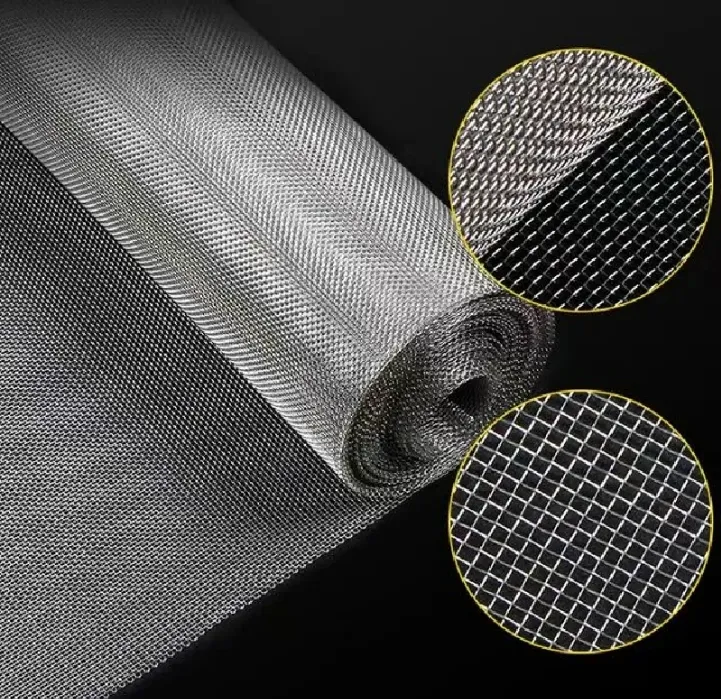-
 Afrikaans
Afrikaans -
 Albanian
Albanian -
 Amharic
Amharic -
 Arabic
Arabic -
 Armenian
Armenian -
 Azerbaijani
Azerbaijani -
 Basque
Basque -
 Belarusian
Belarusian -
 Bengali
Bengali -
 Bosnian
Bosnian -
 Bulgarian
Bulgarian -
 Catalan
Catalan -
 Cebuano
Cebuano -
 China
China -
 Corsican
Corsican -
 Croatian
Croatian -
 Czech
Czech -
 Danish
Danish -
 Dutch
Dutch -
 English
English -
 Esperanto
Esperanto -
 Estonian
Estonian -
 Finnish
Finnish -
 French
French -
 Frisian
Frisian -
 Galician
Galician -
 Georgian
Georgian -
 German
German -
 Greek
Greek -
 Gujarati
Gujarati -
 Haitian Creole
Haitian Creole -
 hausa
hausa -
 hawaiian
hawaiian -
 Hebrew
Hebrew -
 Hindi
Hindi -
 Miao
Miao -
 Hungarian
Hungarian -
 Icelandic
Icelandic -
 igbo
igbo -
 Indonesian
Indonesian -
 irish
irish -
 Italian
Italian -
 Japanese
Japanese -
 Javanese
Javanese -
 Kannada
Kannada -
 kazakh
kazakh -
 Khmer
Khmer -
 Rwandese
Rwandese -
 Korean
Korean -
 Kurdish
Kurdish -
 Kyrgyz
Kyrgyz -
 Lao
Lao -
 Latin
Latin -
 Latvian
Latvian -
 Lithuanian
Lithuanian -
 Luxembourgish
Luxembourgish -
 Macedonian
Macedonian -
 Malgashi
Malgashi -
 Malay
Malay -
 Malayalam
Malayalam -
 Maltese
Maltese -
 Maori
Maori -
 Marathi
Marathi -
 Mongolian
Mongolian -
 Myanmar
Myanmar -
 Nepali
Nepali -
 Norwegian
Norwegian -
 Norwegian
Norwegian -
 Occitan
Occitan -
 Pashto
Pashto -
 Persian
Persian -
 Polish
Polish -
 Portuguese
Portuguese -
 Punjabi
Punjabi -
 Romanian
Romanian -
 Russian
Russian -
 Samoan
Samoan -
 Scottish Gaelic
Scottish Gaelic -
 Serbian
Serbian -
 Sesotho
Sesotho -
 Shona
Shona -
 Sindhi
Sindhi -
 Sinhala
Sinhala -
 Slovak
Slovak -
 Slovenian
Slovenian -
 Somali
Somali -
 Spanish
Spanish -
 Sundanese
Sundanese -
 Swahili
Swahili -
 Swedish
Swedish -
 Tagalog
Tagalog -
 Tajik
Tajik -
 Tamil
Tamil -
 Tatar
Tatar -
 Telugu
Telugu -
 Thai
Thai -
 Turkish
Turkish -
 Turkmen
Turkmen -
 Ukrainian
Ukrainian -
 Urdu
Urdu -
 Uighur
Uighur -
 Uzbek
Uzbek -
 Vietnamese
Vietnamese -
 Welsh
Welsh -
 Bantu
Bantu -
 Yiddish
Yiddish -
 Yoruba
Yoruba -
 Zulu
Zulu
vine netting
Understanding Vine Netting A Guide for Vintners and Home Gardeners
Vine netting plays a critical role in the cultivation of grape vines and other climbing plants. This essential gardening tool is designed to provide support and protection, ensuring that vines grow optimally while minimizing damage from pests and harsh weather conditions. Whether you are a commercial vintner or a home gardener, understanding the importance of vine netting can greatly enhance your gardening success.
What is Vine Netting?
Vine netting is a type of mesh fabric or plastic material specifically crafted to support climbing plants. It is available in various sizes and materials, allowing users to choose the best fit for their particular gardening needs. The primary purpose of vine netting is to provide a lattice-like structure for plants to cling to, enabling vertical growth while also improving air circulation and sun exposure.
Benefits of Using Vine Netting
1. Support for Growth One of the most significant benefits of vine netting is that it offers structural support. Grapevines, for instance, are naturally inclined to grow upward. By providing a sturdy framework, vine netting helps in achieving healthier plants that produce more abundant and higher-quality fruit.
2. Pest Protection In addition to supporting plants, vine netting can act as a barrier against pests. Many common vineyard pests, such as birds and certain insects, can damage grape clusters. Properly installed vine netting can prevent these pests from reaching the plants, thereby protecting the crop from potential loss.
vine netting

3. Improved Air Circulation Dense foliage can lead to increased humidity levels around grapevines, creating a conducive environment for fungal diseases. Vine netting promotes better air circulation, reducing humidity levels and ultimately minimizing the risk of diseases like powdery mildew.
4. Easy Maintenance With vine netting, maintaining your garden becomes much easier. It facilitates easier harvesting and allows for more straightforward pruning of the vines. By keeping vines organized and neatly arranged, netting reduces overall maintenance effort.
5. Aesthetic Appeal Beyond its functional benefits, vine netting also adds a touch of aesthetic appeal to gardens and vineyards. Neatly arranged vines create a visually pleasing environment that enhances the beauty of any garden space.
Installation Tips
When installing vine netting, ensure that you secure it to sturdy posts or trellises. The netting should be taut but not overly tight to allow for plant growth without tearing. The height of the netting should accommodate the expected growth of the vines, usually between 5 to 8 feet. It’s also essential to monitor the plants regularly, adjusting the netting as necessary to prevent any damage or entanglement.
Conclusion
In conclusion, vine netting is an invaluable resource for anyone involved in growing climbing plants, particularly grapes. Its benefits in supporting plant growth, providing pest protection, and improving air circulation make it an essential tool for both hobby gardeners and professional vintners alike. By understanding the significance of vine netting and how to implement it correctly, you can ensure a successful and bountiful harvest. So, whether you're nurturing a few vines in your backyard or managing vast vineyard fields, vine netting can help you cultivate a thriving and attractive garden.
-
Shipping Plastic Bags for Every NeedNewsJul.24,2025
-
Safety Netting: Your Shield in ConstructionNewsJul.24,2025
-
Plastic Mesh Netting for Everyday UseNewsJul.24,2025
-
Nylon Netting for Every UseNewsJul.24,2025
-
Mesh Breeder Box for Fish TanksNewsJul.24,2025
-
Expanded Steel Mesh Offers Durable VersatilityNewsJul.24,2025











